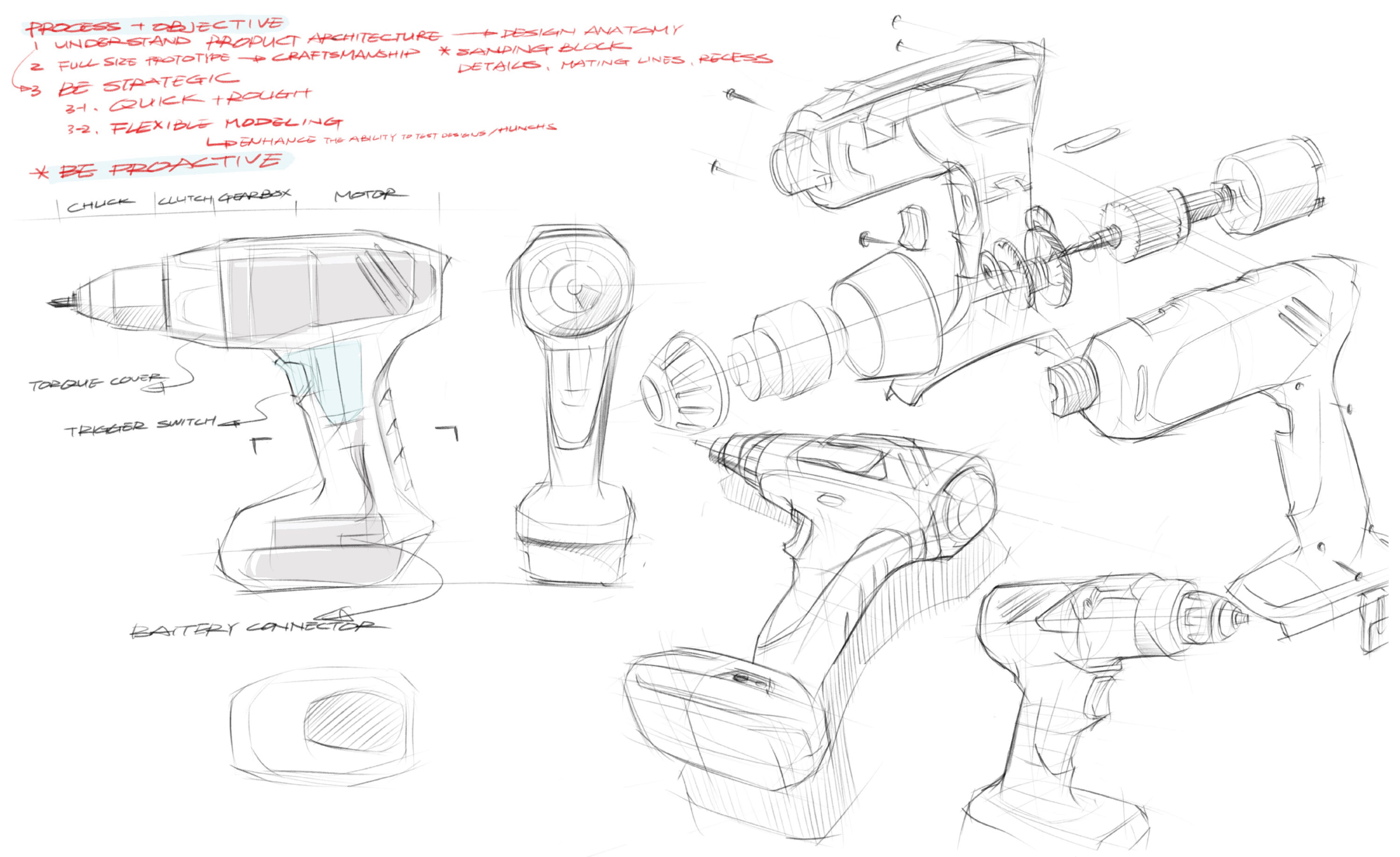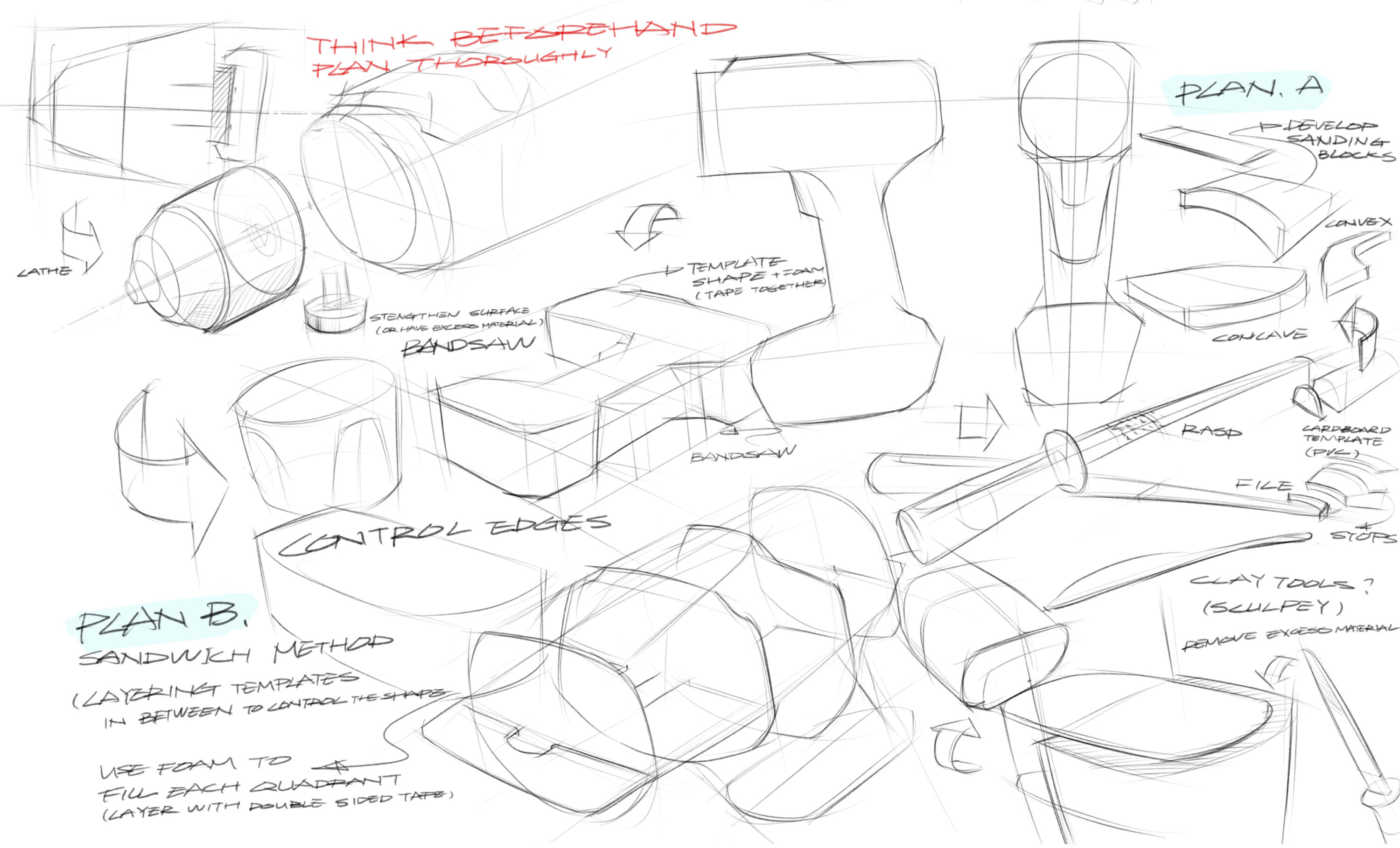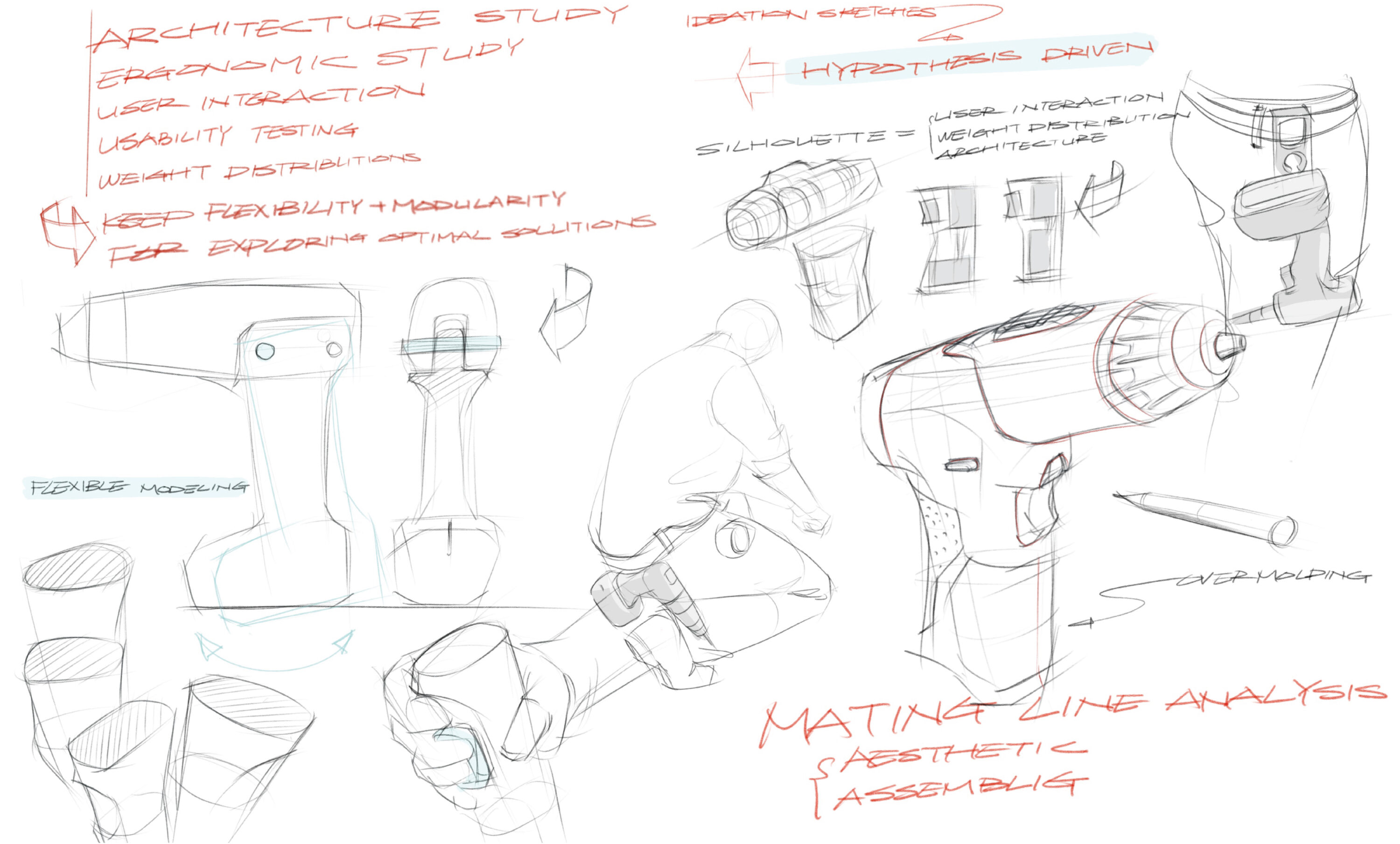Prototyping with A Purpose / Plan
2. Embrace Agile Methods: For each objective, form a hypothesis. Be strategic about when to use rough prototypes for quick learning or proof of concept, and when to focus on craftsmanship to anticipate fabrication and assembly challenges. Efficiently plan and prioritize your time for maximum productivity. Here’re more visual deliberation examples related to this subject.
Objective
Prototyping with A Purpose
research prototyping | iteration prototyping | evaluation prototyping | Production prototyping
WHY
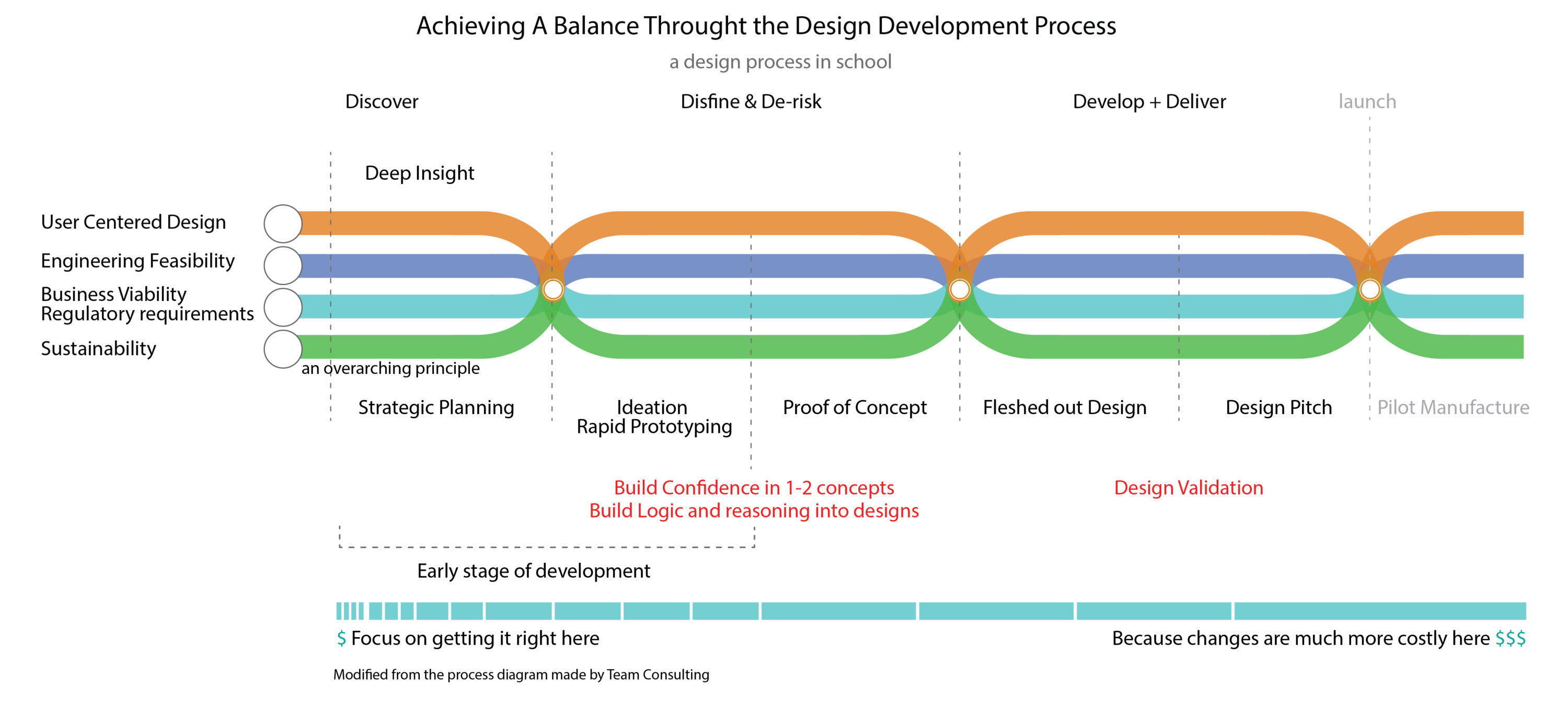
HOW
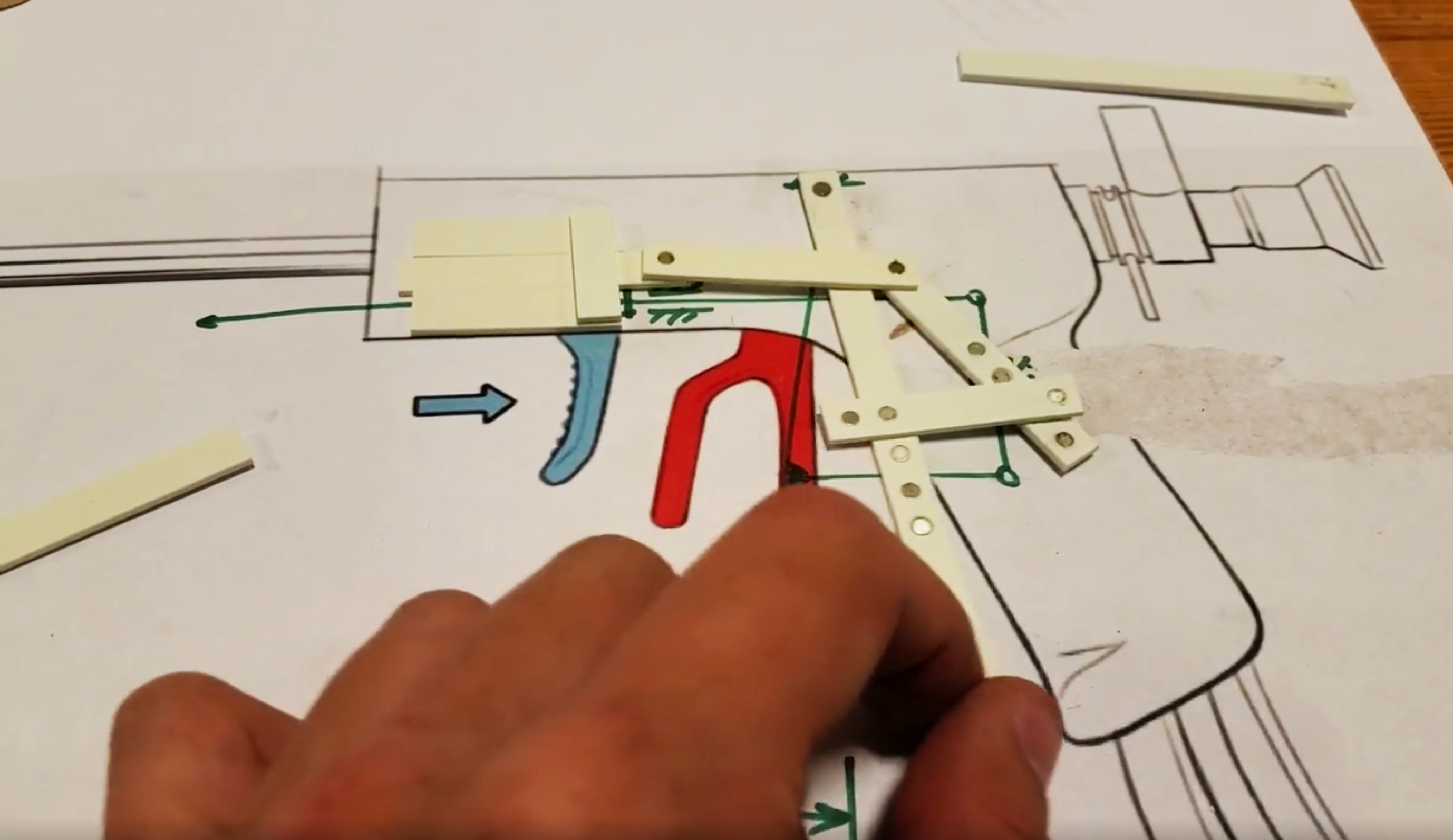
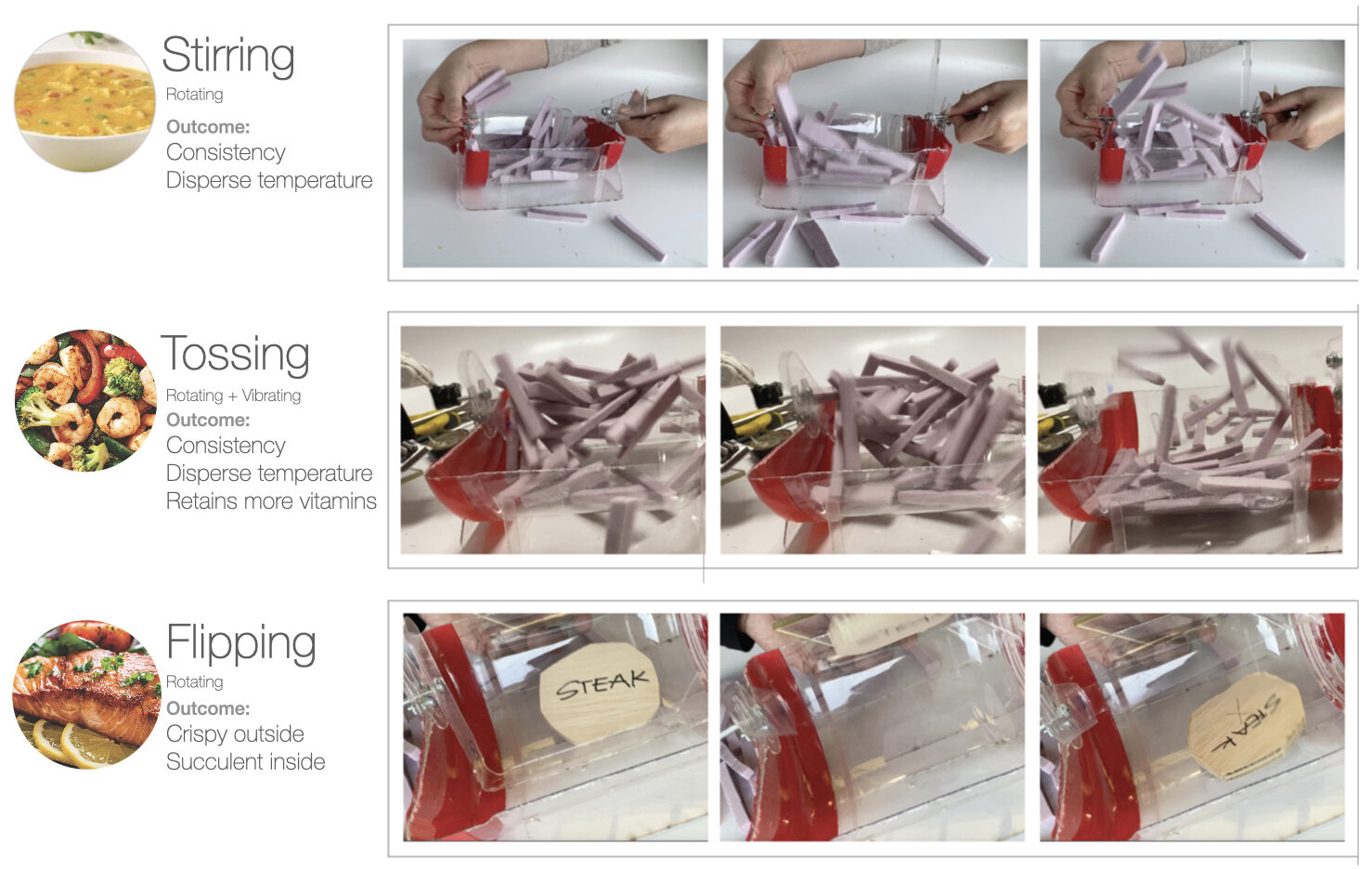
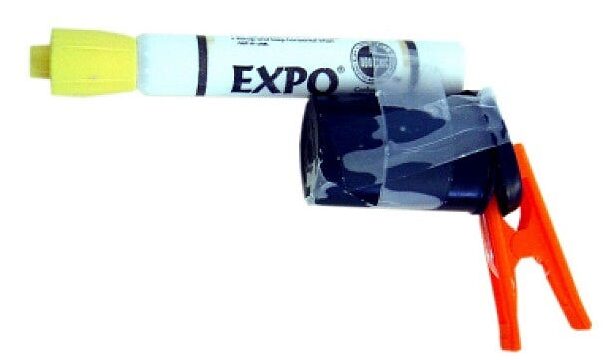
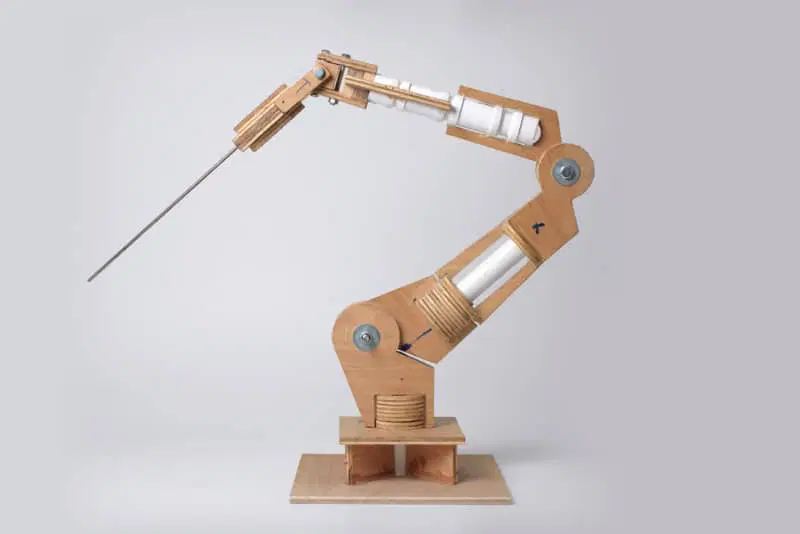
Explore the right proportions for new design approaches or hypotheses. Example_Leaf blower ideation
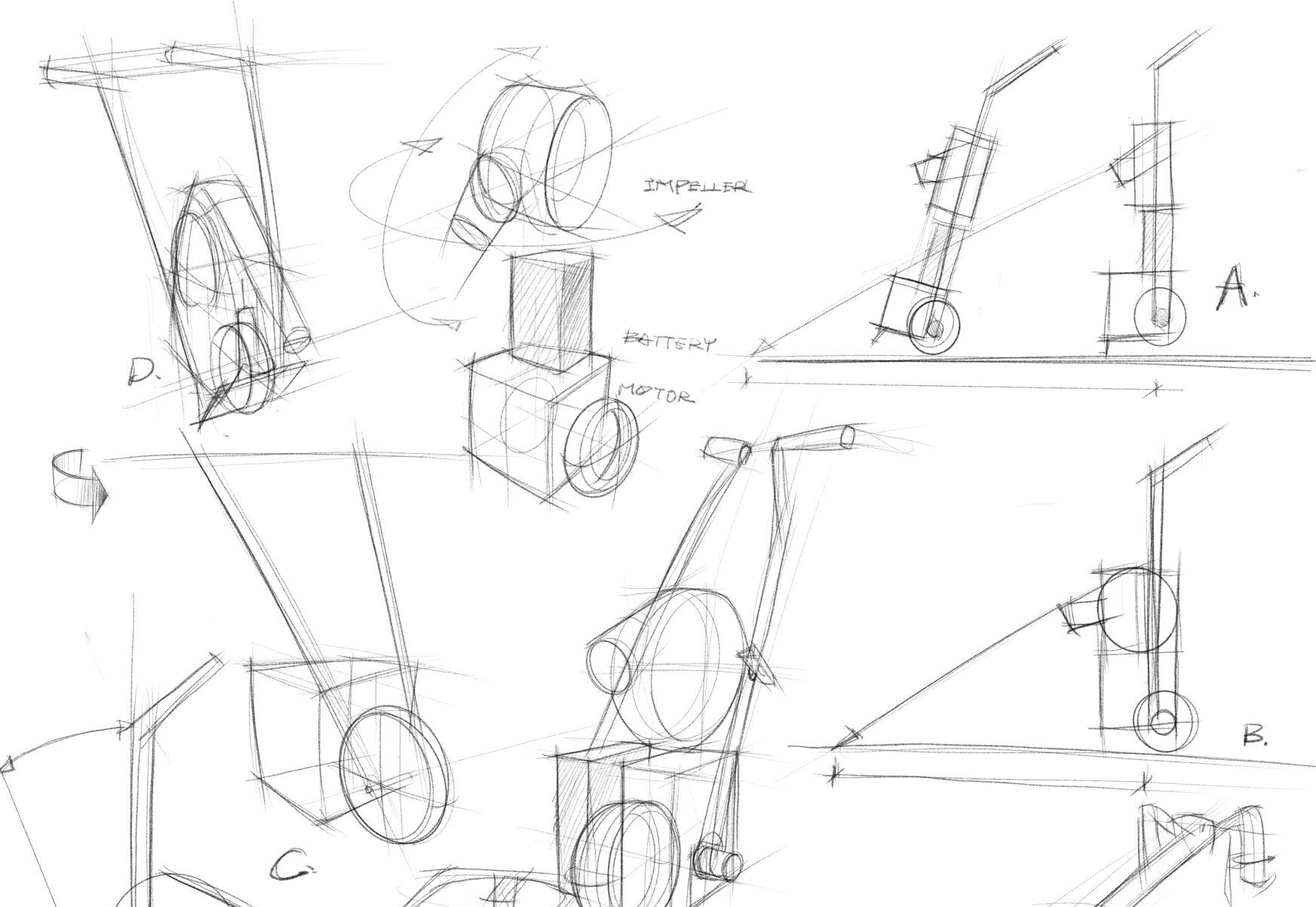
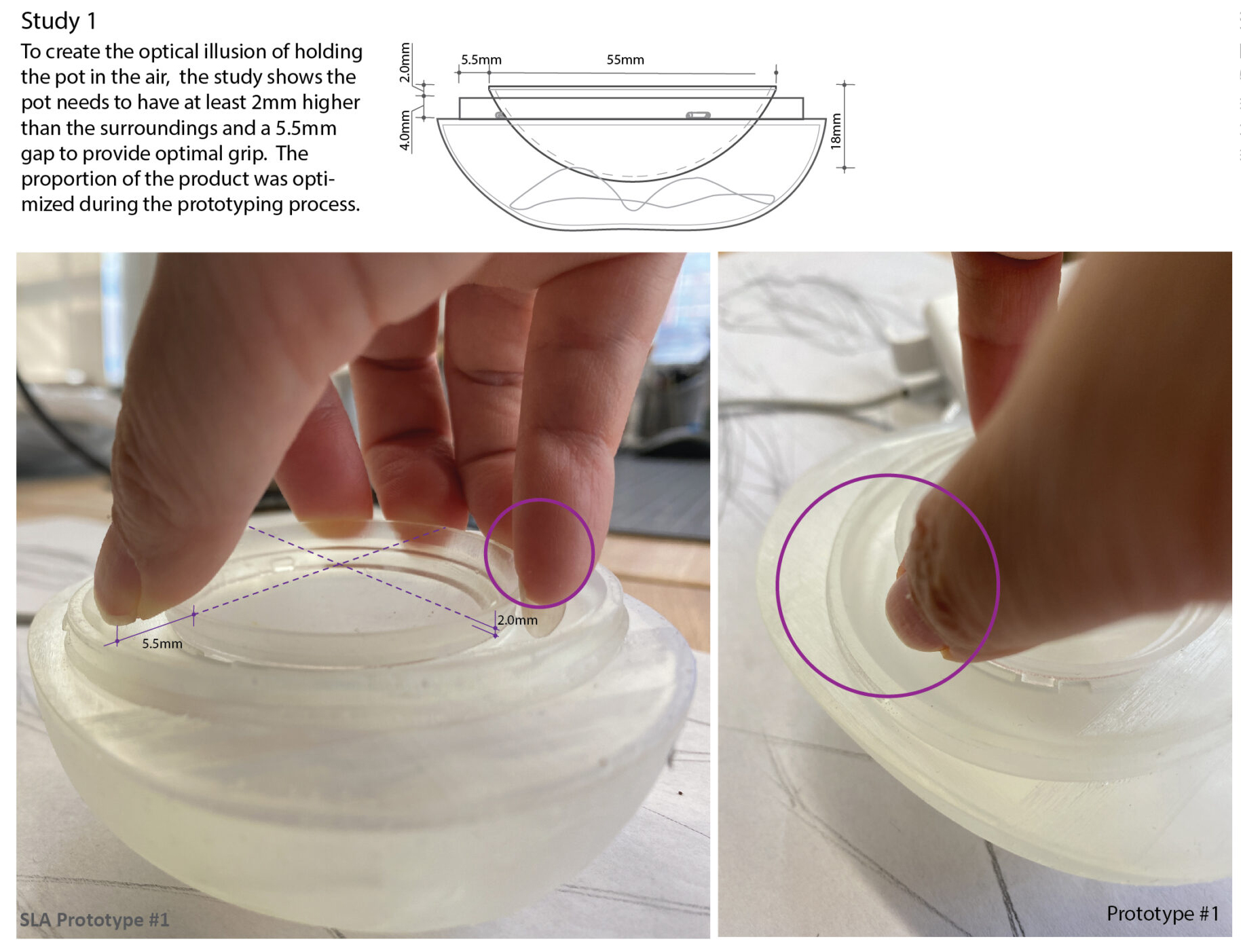
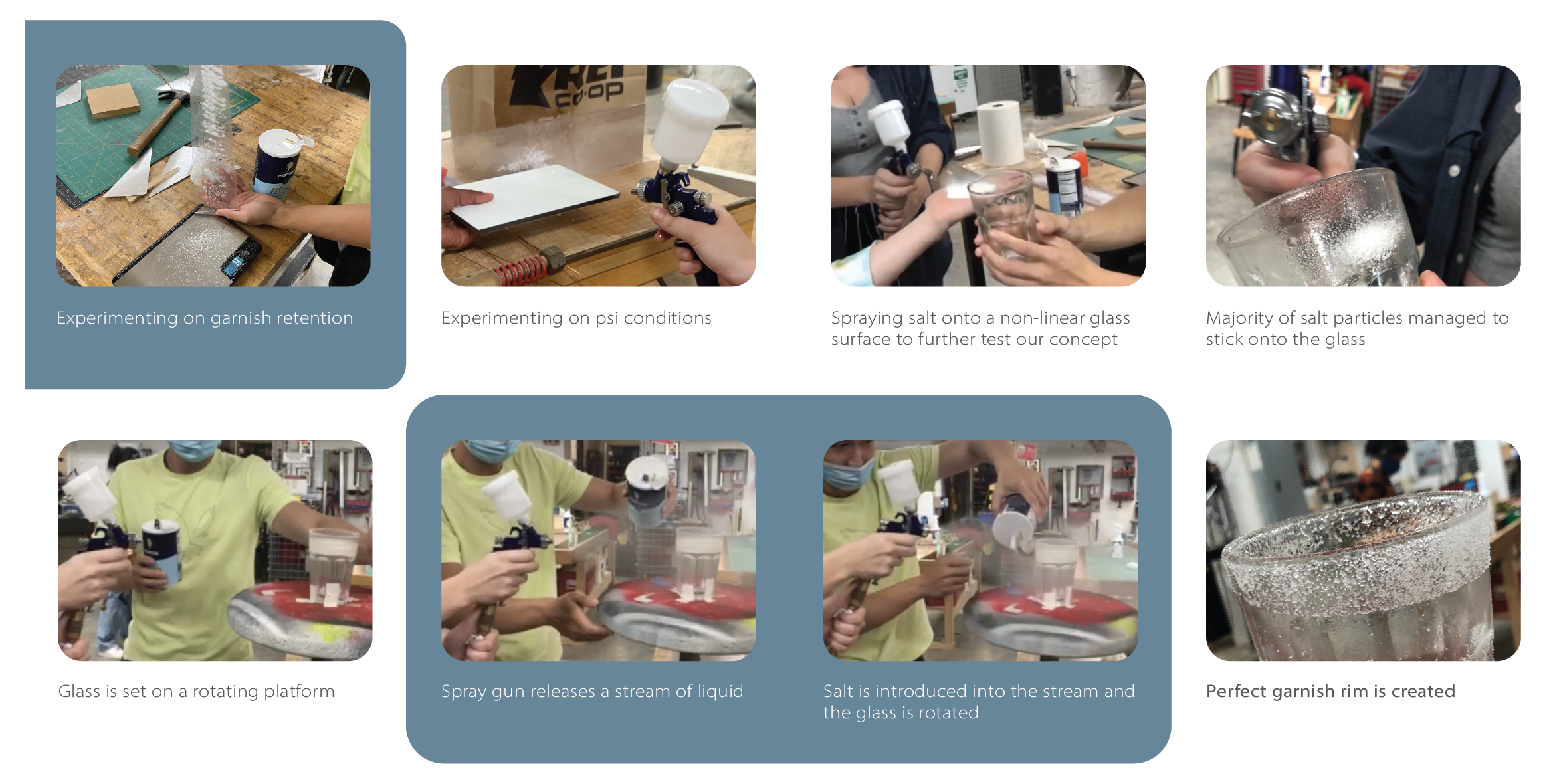
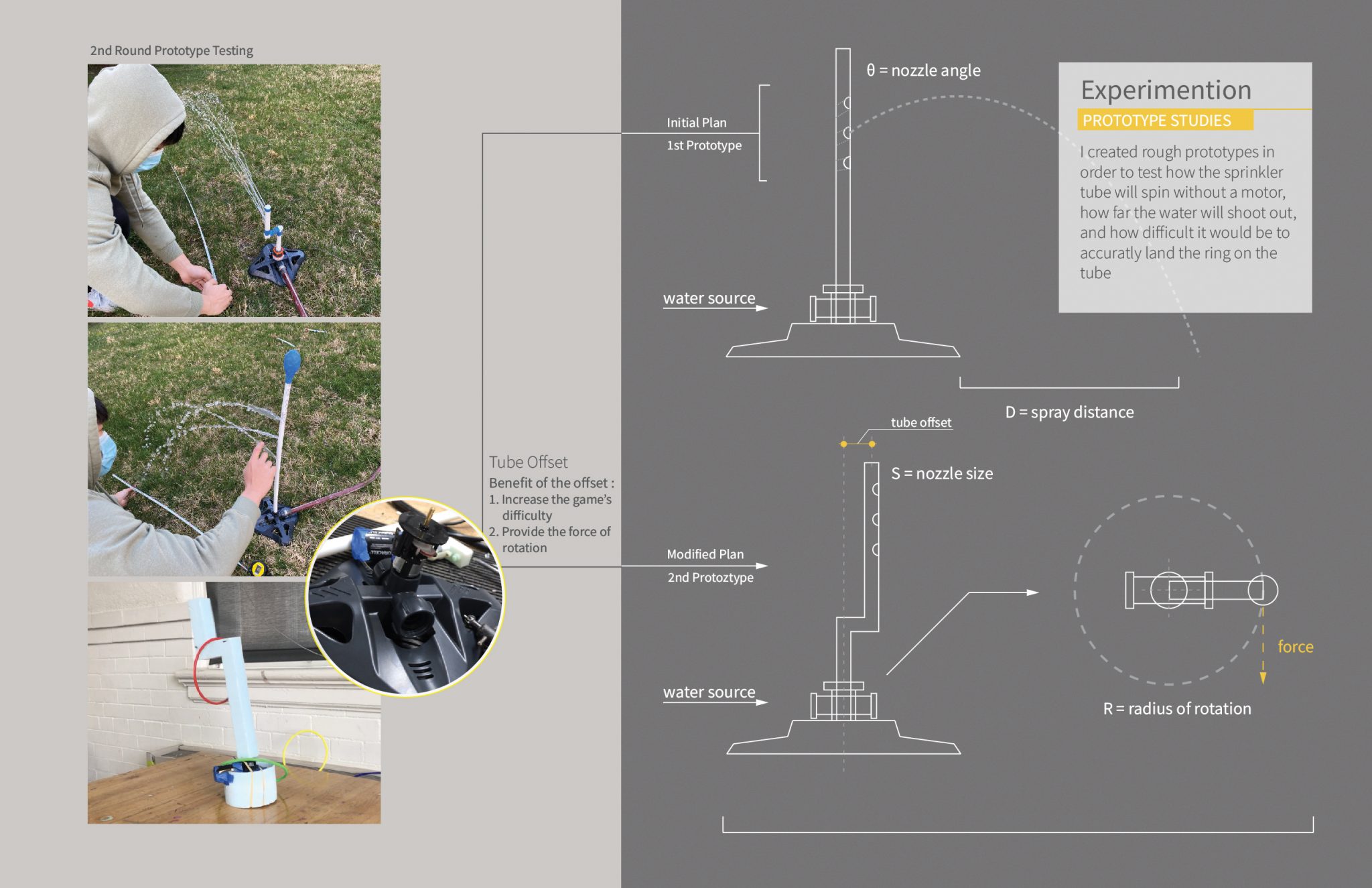
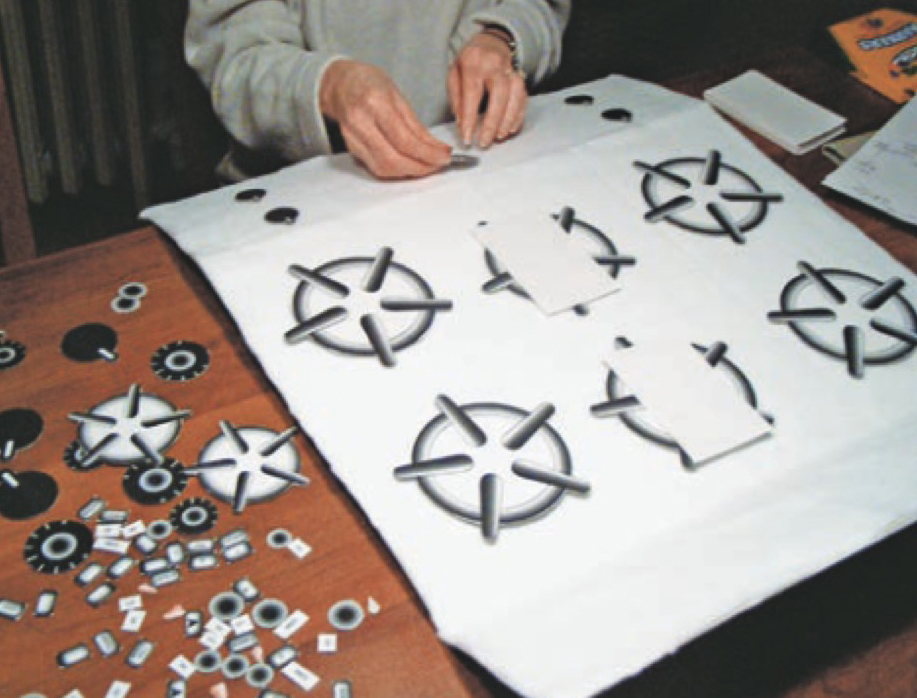
Structural integrity assessment (FEA evaluation in SolidWorks), Weight distribution simulation.
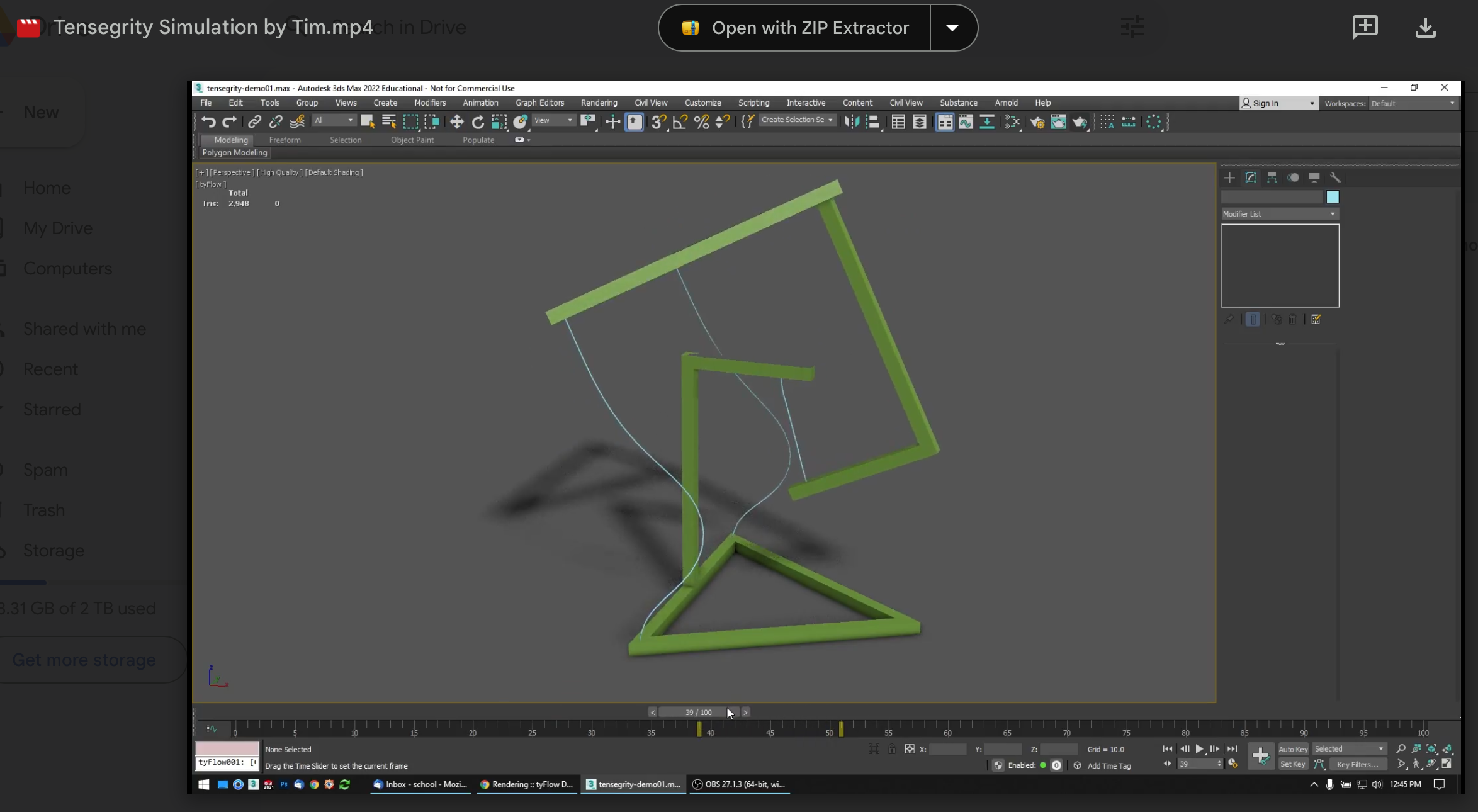
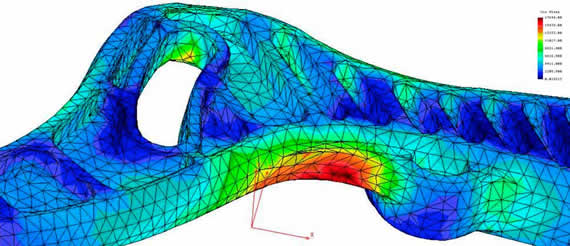
Building a visual model prototype to demonstrate the final product look, material, and represent the proposed production-intent
product options regarding color, material, and form. This prototype model can be helpful for
early marketing purposes including crowdfunding, product packaging, and video shoots. Example_Text scanner
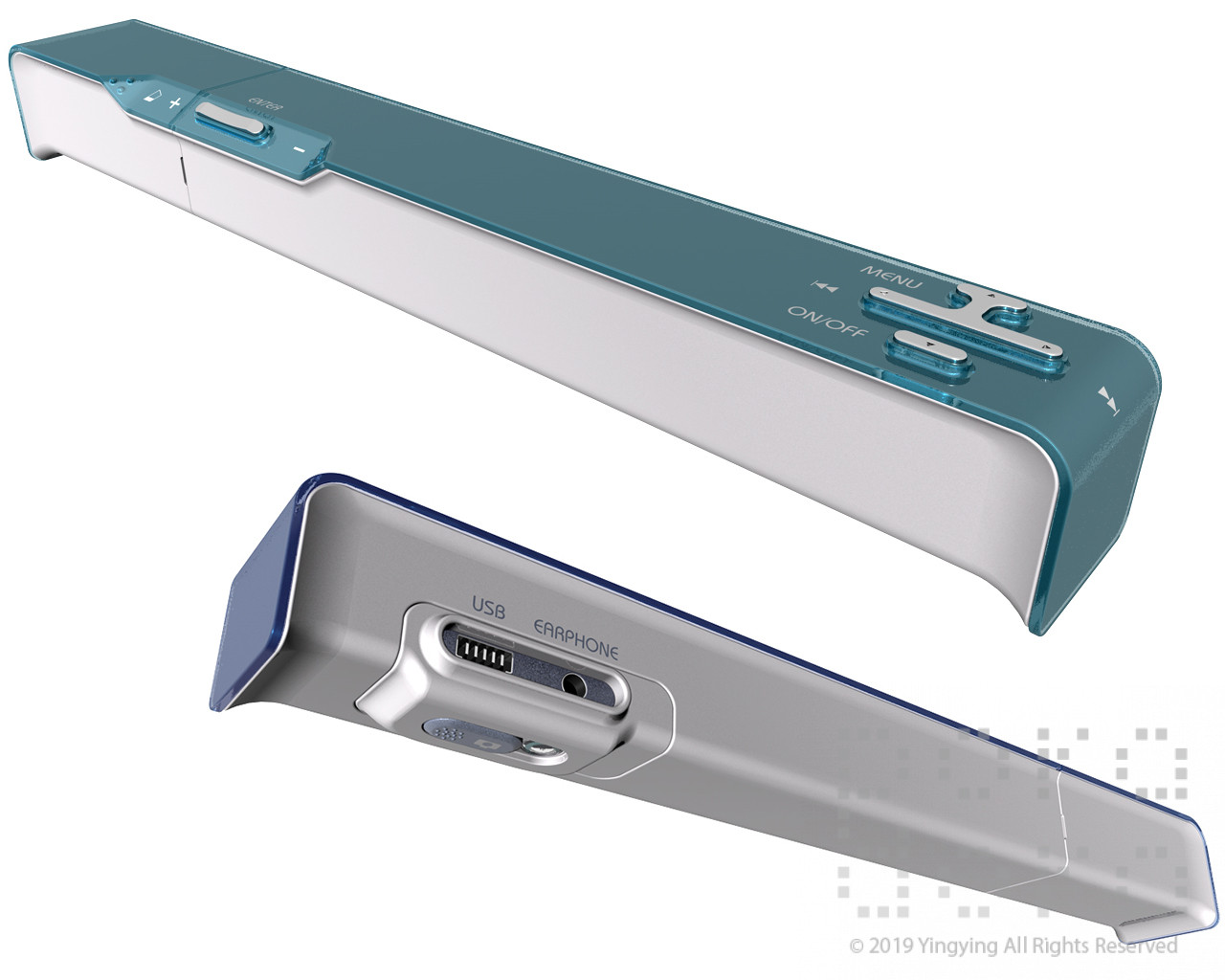
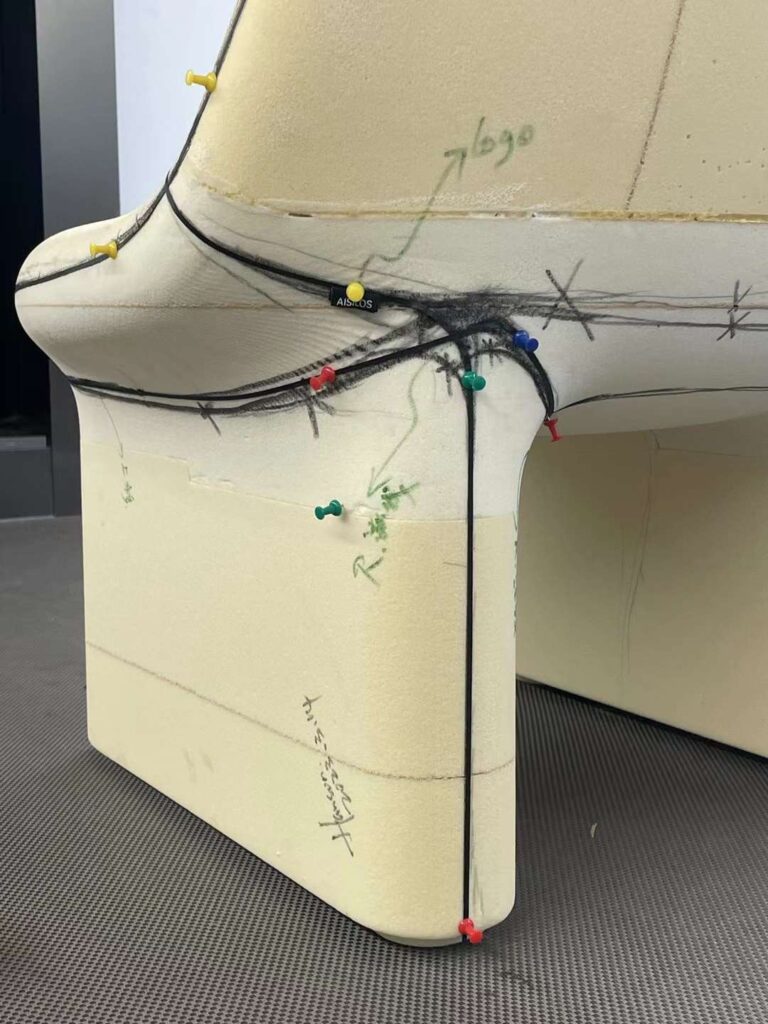
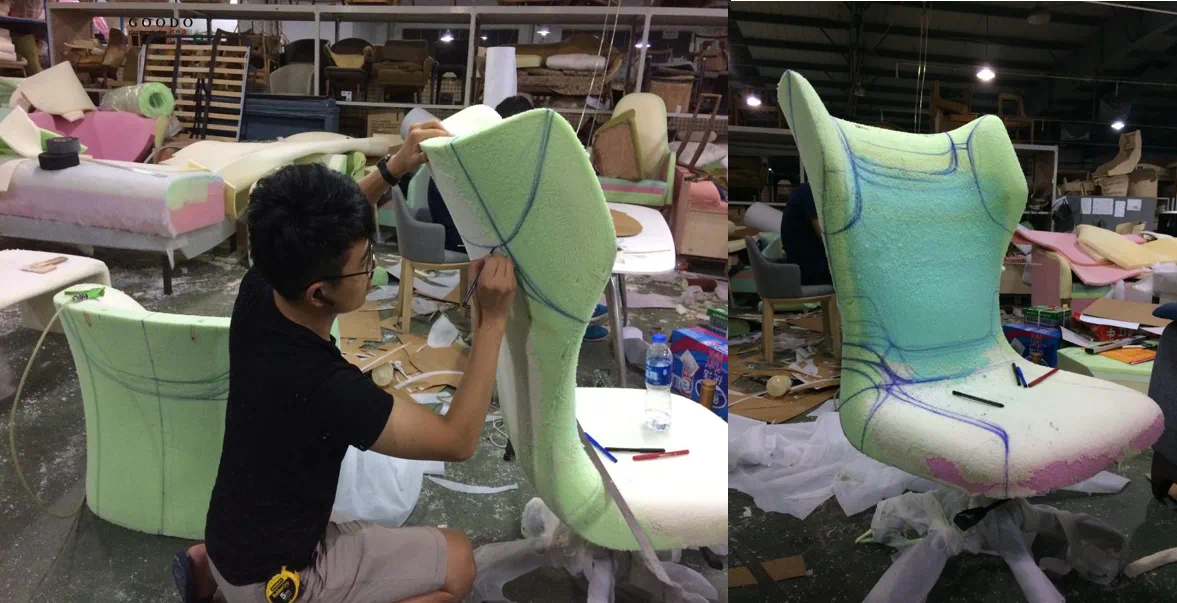
Architecture Study
